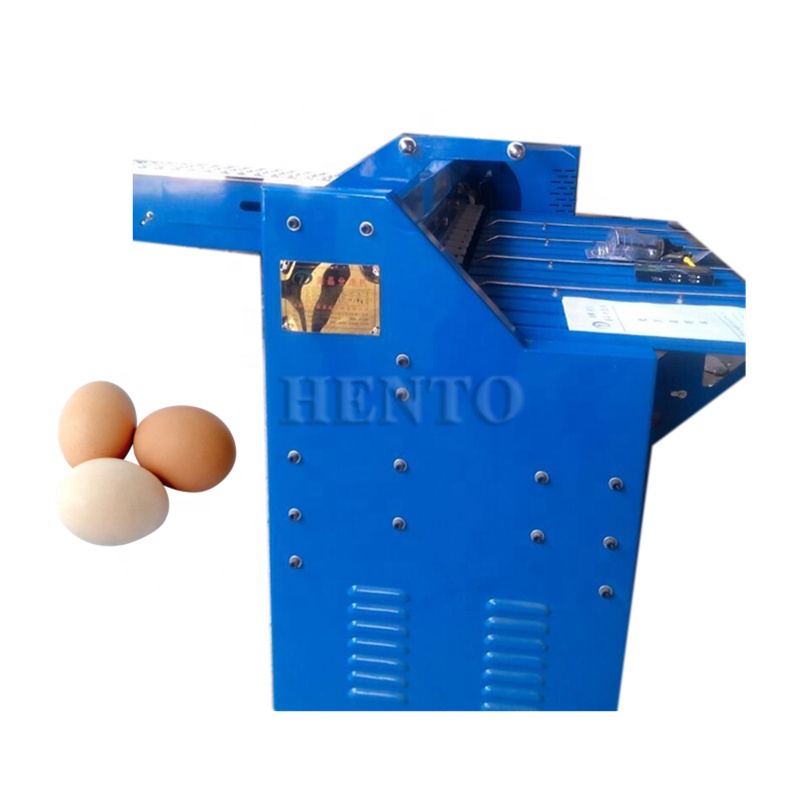Exploring Sustainable Layer House Designs for Modern Poultry Farming
Dec . 05, 2024 07:46 Back to list
Exploring Sustainable Layer House Designs for Modern Poultry Farming
Layer House in Poultry A Key Component of Modern Egg Production
In the world of poultry farming, the layer house is an essential structure designed specifically for the housing of egg-laying hens. As consumer demand for eggs continues to rise due to their nutritional value and versatility, the importance of effective layer houses has become increasingly evident. This article explores the features, benefits, and best practices associated with layer houses in poultry production.
Design and Layout
Layer houses are tailored to meet the specific needs of laying hens, incorporating features that promote their health, welfare, and productivity. A typical layer house is a well-ventilated, climate-controlled environment that protects hens from extreme weather conditions while reducing stress. The layout often includes individual laying cages or floor systems that allow hens to move freely, nest, and engage in natural behaviors, thus contributing to their overall well-being.
In modern layer houses, advanced technologies such as automated feeding and watering systems are employed. These systems ensure that hens receive adequate nutrition and hydration without requiring constant manual intervention. Furthermore, the use of sensors and monitoring systems allows farmers to track environmental conditions, such as temperature and humidity, ensuring optimal living conditions for the birds.
Health and Welfare
The health and welfare of laying hens are critical factors that can impact egg production. Layer houses are designed with biosecurity measures to prevent the spread of diseases. Features such as controlled access points, cleaning protocols, and monitoring systems help maintain a disease-free environment. Additionally, many layer houses now incorporate enriched environments that promote natural behaviors, such as perching, dust bathing, and foraging. These environments contribute to the physical and psychological well-being of the hens, resulting in better egg production rates and improved egg quality.
Moreover, housing systems like aviary or free-range setups provide hens with space to roam and engage in natural behaviors. While these systems require more land and management, they also align with consumer preferences for humane animal treatment and can command higher market prices.
layer house in poultry

Egg Quality and Production Efficiency
The design and management of layer houses significantly influence egg quality and production efficiency. Factors such as lighting, nutrition, and housing density can directly affect laying rates. Layer houses equipped with proper lighting systems simulate natural light cycles, helping to regulate the hens' reproductive cycles. Such methods are crucial in ensuring consistent egg production.
In addition, regular monitoring of feed quality and composition enables poultry farmers to provide a balanced diet that meets the nutritional needs of the hens. Quality feed not only enhances egg production but also improves the nutritional profile of the eggs, benefiting consumers.
Sustainability and Environmental Considerations
As the poultry industry faces increasing scrutiny regarding sustainability, layer houses have evolved to adopt more environmentally friendly practices. The implementation of waste management systems within layer houses helps in reducing the environmental impact of egg production. Manure can be systematically collected and utilized as organic fertilizer, thereby minimizing waste and promoting recycling within agricultural systems.
Furthermore, energy-efficient designs and renewable energy sources, such as solar panels, are being integrated into new layer house constructions. These sustainable practices not only reduce the carbon footprint of poultry farming but also lower operating costs in the long run.
Conclusion
Layer houses are a pivotal element in the poultry industry, directly influencing the health and productivity of laying hens. As demands for eggs grow, the evolution of layer house designs and management practices plays a crucial role in meeting these needs while ensuring animal welfare and environmental sustainability. By investing in modern layer houses, poultry producers can enhance their operations and contribute to a more sustainable future for the egg production industry. Through these advancements, we can hope to see a more efficient and ethical approach to poultry farming that satisfies both producers and consumers alike.
-
Hot Sale 24 & 18 Door Rabbit Cages - Premium Breeding Solutions
NewsJul.25,2025
-
Automatic Feeding Line System Pan Feeder Nipple Drinker - Anping County Yize Metal Products Co., Ltd.
NewsJul.21,2025
-
Automatic Feeding Line System Pan Feeder Nipple Drinker - Anping County Yize Metal Products Co., Ltd.
NewsJul.21,2025
-
Automatic Feeding Line System - Anping Yize | Precision & Nipple
NewsJul.21,2025
-
Automatic Feeding Line System - Anping Yize | Precision & Nipple
NewsJul.21,2025
-
Automatic Feeding Line System-Anping County Yize Metal Products Co., Ltd.|Efficient Feed Distribution&Customized Animal Farming Solutions
NewsJul.21,2025






